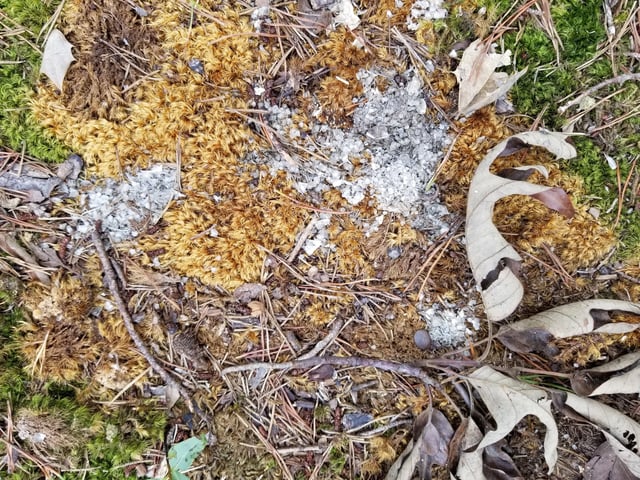Overview
- Scat samples collected over nine to eleven months from 18 active latrines on the Rhode River show 93% of prey DNA derives from finfish and crabs, including invasive common carp and white river crayfish.
- Microscopy and DNA metabarcoding detected parasites from six taxonomic classes—predominantly trematodes—most of which infect otters’ prey rather than the otters themselves.
- Otter latrines were frequently found on docks, boardwalks, and natural shorelines, illustrating how these predators use human-modified structures for scent-marking, foraging, and social behavior.
- Researchers suggest that by preferentially preying on parasite-infected animals, river otters may influence prey population health and serve as practical environmental sentinels for monitoring ecosystem and public health risks.
- Key study limitations include gaps in parasite reference databases, inability to assign scat to individual otters, and no confirmed human-infecting parasites, driving recommendations for targeted follow-up research.



